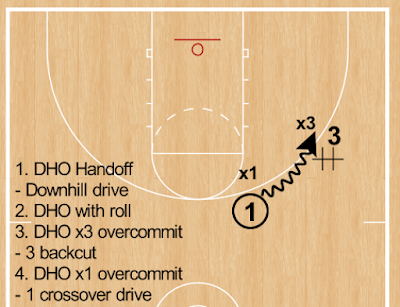1. As a surgeon, he hired another surgeon to observe and critique his technique (fabulous article). Despite skill, experience, and training, he improved with mentoring.
"Good coaches know how to break down performance into its critical individual components. In sports, coaches focus on mechanics, conditioning, and strategy, and have ways to break each of those down..."
2. Use checklists.
3. Be prepared.
Players (and coaches) forget to pack items. In our 'ball bag' I keep:
- A towel (there are always spills)
- First aid kit
- Clipboard
- Scorebook
- Pinnies
Players - pack your "Go Bag"
High among the forgotten items are sneakers, inhalers, Band-aids, and contact lens solution.
4. Overarching "Checklist" philosophy:
Some things we want to do are simply beyond our capacity. We are not omniscient or all-powerful. Even enhanced by technology, our physical and mental powers are limited. Much of the world and universe is—and will remain—outside our understanding and control.
5. What can go wrong...will go wrong.
We've all seen parents have to make extra trips for some or all of the above. Make it your New Year's Resolution to work on process.
Lagniappe: I read and write every day because I need to improve. Look through this summary of Anne Lamott's "Bird by Bird." She explains the title. Her brother had neglected to write a paper on birds for school and neared the deadline. He asked his father how he could possibly finish. His father answered, "bird by bird."
Writing is about telling the truth.





































